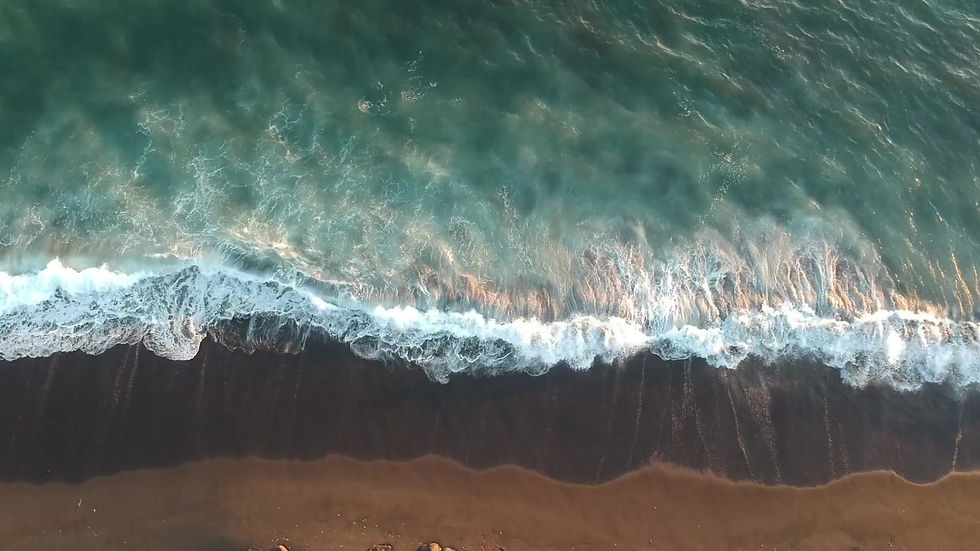Manolita
About the album
Gabriela heard a BBC Broadcast in the Witness History Series on Feb 25, 2020.
In the broadcast, a Chilean biologist,
Dr. Daniel Torres, told the story of how he found, in 1985. The skeleton of a young woman on the stony shores of Livingstone Island in Antarctica.
Lyrics: Gabriela Paloa
Music: Dan Boneh & Sergio Barcala
Lead vocal: Dan Boneh
Background voices: Shelly Alma
Bass: Maayan Iddrisu Boneh
Drums: Aviv Akati Boneh
Guitar: Ilan Bar Lavie
Additional instrumentation: Shai Se’adya, Produced by Shai Sea’dya .
Recorded at Shai Se’adya studio, Mevaseret Zion 2021
Original music.
© Dan Boneh, Sergio Barcala & Gabriela Paloa


The story of Manolita
by Gabriela Paloa
On a beach, on an island, in an archipelago off the southern polar continent where no human community has ever established itself or lived, nestling among the clusters of dark volcanic rocks there lay a single white one.
From a distance one would have assumed it was pumice, a fragment hurled out at great speed and swollen with air bubbles at that dramatic volcanic moment. But on closer inspection it was revealed to be a skull, and in spite of exposure to sun and sea, erosion, discolouration, some facial fragmentation, a very fine film of algae on it’s surface, and the fact that it was half buried in the thick volcanic sand, it was unequivocally a human skull.
The cranium was carefully lifted out of the sand and sent north to the capital for laboratory analysis at the university.
The shape of the bone between the orbits of the eyes revealed that the head had belonged to a woman. According to the examination of the sutures, the jagged edges with which the head bones lock together to form the vault of the skull, it was found that the woman had been no more than twenty at the time of her death. The width and shape of the cheek bones and the presence of bony tubercles at the sides of her face, are features characteristic of the indigenous peoples of the Americas, but the shape of her nasal bones and a particular arrangement of her molars are distinctive of Caucasian features. Later two small thigh bones were discovered and found to have belonged to the same young woman. It was also established that she had died in the 1820’s.
The scientists named the bones of this mixed race female, who died in late adolescence on a remote, inhospitable Antarctic island that had no history of human habitation, Manolita.
The question remained how and why Manolita had reached this far-flung place. Where was she from? Who were her parents? And why did she meet her end on this remote and lonely shore?

You can read information about the song in the liner notes by clicking the note-sign -
on the right hand side of the playing line.
_edited.jpg)

















































